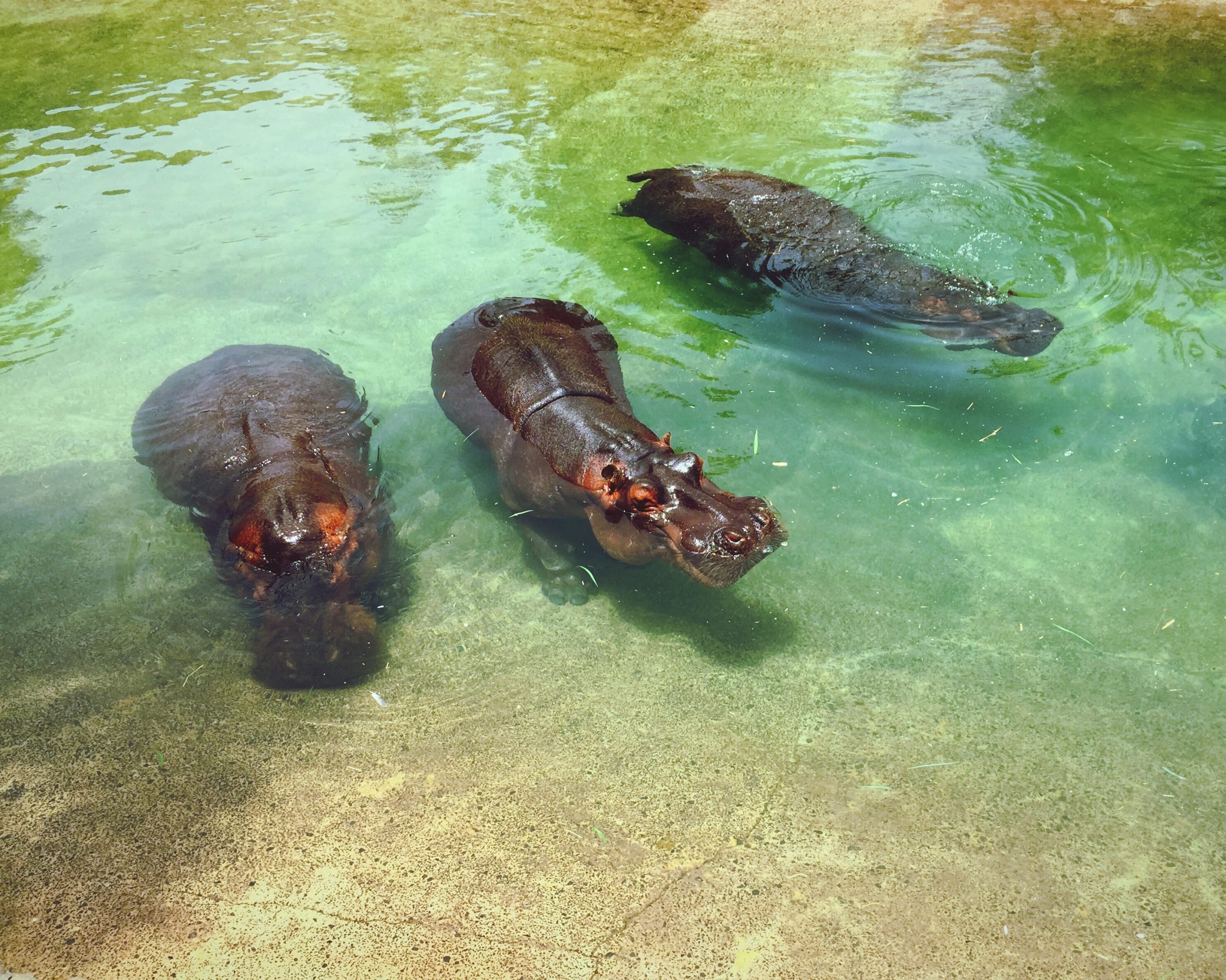News
Research shows reintroduction of 20 species could restore large mammal populations to a quarter of land on Earth

News | Feb 2022
New research has revealed how the reintroduction of just 20 key species could boost biodiversity by restoring natural large mammal populations across swathes of the Earth.
A global team of researchers, led by the US non-profit organisation RESOLVE and the UN Environment Programme World Conservation Monitoring Centre (UNEP-WCMC), set out to highlight how – and where – the reintroduction of large mammals could have a knock-on effect on whole ecosystems, and devise an efficient strategy to reverse the decline in the planet’s large mammal species.
Their new study, published in the journal Ecography, identifies seven predators and 13 herbivores whose reintroduction, if implemented in target regions – along with measures to ensure suitable habitat and address the causes of their original decline – would be the most effective in restoring “intact large mammal assemblages”.
“Intact large mammal assemblages” are groupings of all naturally occurring species of large mammals in an area, which occurred before a species was lost from the area due to habitat loss or overhunting.
These intact natural groupings play a crucial role in maintaining ecosystems and influencing other species down the food chain.
A prime example of the benefits of restoring an area’s original large mammal assemblage is the reintroduction of grey wolves to Yellowstone National Park in the United States in the 1990s. Restoring just that one species missing from that area has had a huge and ongoing impact, restoring a balance between predators and herbivores, benefitting vegetation and boosting populations of other species, including beavers.
Studies have also found that areas with intact large mammal assemblages are also areas that store more carbon, underlining the important link between biodiversity and climate resilience.

The research team compared the present-day distribution of large mammal species with estimates of their distribution in the year 1500. They found that only 15% of land retains natural large mammal groupings. However, the team also mapped more than 190 areas (“ecoregions”) where suitable habitats could be readily available for large mammal reintroductions.
They went on to identify 20 priority species which – if reintroduced or allowed to recolonise through improved land protection and connectivity, and with the removal of threats that led to their original decline – could restore natural large mammal groupings across an additional 11,116,000 km2, increasing coverage to 23%.
Reintroduction opportunities include;
The researchers also identified priority ecoregions which would be highly feasible for large mammal reintroductions (including the 20 high-impact species and others). Many of the areas they identified have recovery efforts already underway for one or more species, including projects to restore bison and Mexican wolf to the Chihuahua desert and reintroduce the addax antelope and dama gazelle to the southern Sahara.
The research team call on policy makers, conservation programme designers and donors to use the results to bring about the effective, rapid reintroduction of large mammal species.
They recommend including explicit reference to species reintroduction as part of restoration ambitions in the new global targets for the protection and restoration of nature as part of the UN Convention on Biological Diversity’s incoming Post-2020 Biodiversity Framework.
Noting the complexities and shortfalls of existing biodiversity metrics, they also call for the creation of a new “Wildlife Recovery Index”, which would incorporate variables around land protection, programme management and regulatory factors to give a better understanding of the progress being made towards restoration ambitions.
Lead author Dr Carly Vynne, an ecologist and Programme Director at RESOLVE, said:
“Our results give both hope and scope for reversing the depletion of intact fauna groupings, via proactive, strategically implemented restoration programmes.
“We are seeing a real drive of funding and attention towards ecosystem restoration and nature-based solutions – we also need to ensure that conservation and restoration efforts bring along the diversity and abundance of life on Earth, and help to restore full groupings of naturally-present species.”
Joe Gosling, lead Programme Officer on the study from UNEP-WCMC, said:
“Our recommendations may not be suitable everywhere on the ground just yet – local assessments will judge if, for example, hunting pressures or lack of an adequate prey base mean other issues need addressing before initiating a reintroduction programme. However, our findings show there are huge areas of the world that could be suitable for large mammal restoration, if mitigating factors are managed.
“We are now in a critical decade for nature: the UN’s Decade on Ecosystem Restoration. A priority next step would be to see the restoration of large mammal populations as an explicit ambition at international and national levels. Widespread, effective restoration of nature will not be possible without the buy-in of governments, supported by key conservation actors and funders.”
Have a query?
Contact us
communications@unep-wcmc.org
